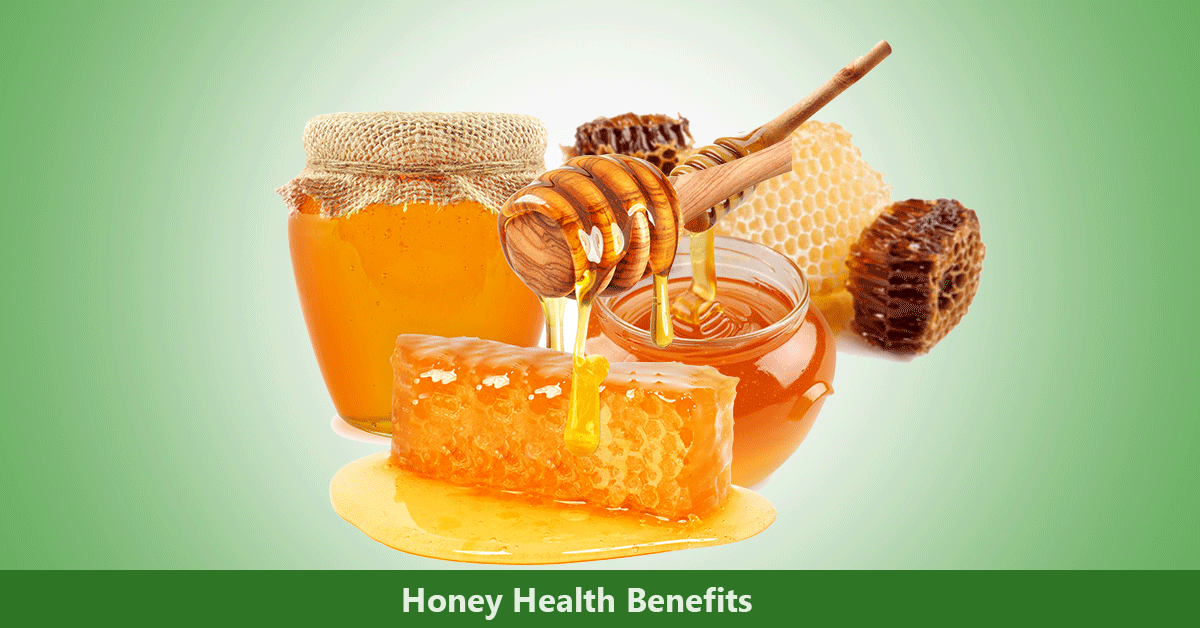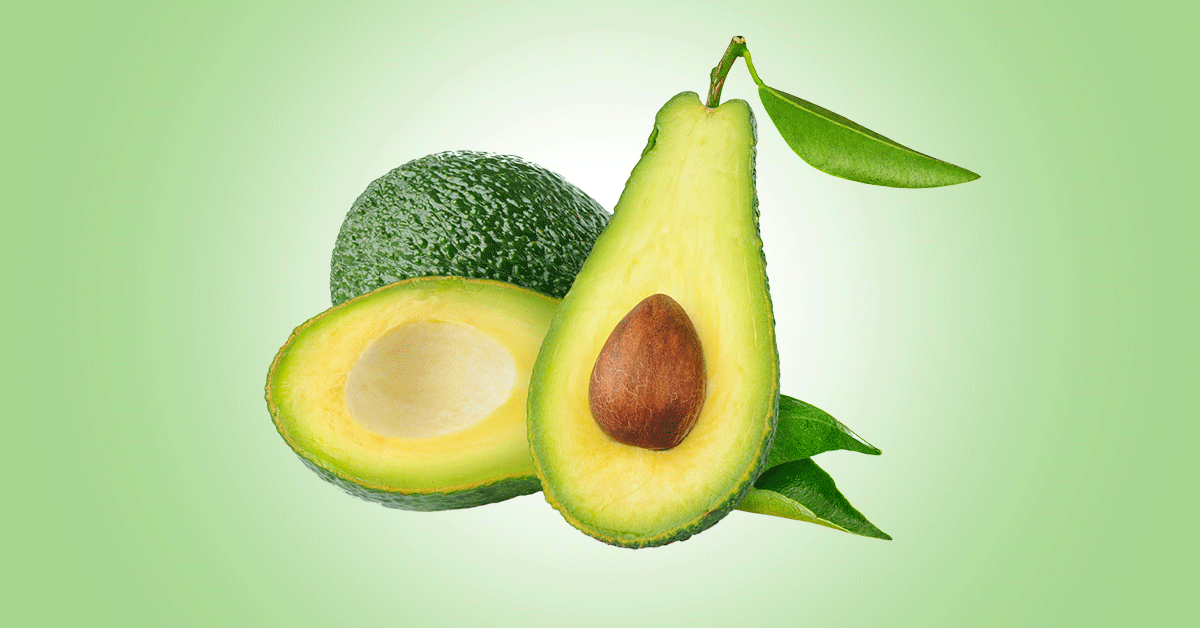Raw honey is a sweet, flavored liquid organic natural substance that is produced from the nectar of flowers pollen by different species of bees but mostly especially Apis mellifera spp. There are over 300 species of bees and apart from Apis mellifera.
Honey was probably the first sweetening agent to have existed, and dates back 10,000 years. In Egypt, the art of beekeeping was established for the production of honey. The products gotten from honey, such as beewax, pollen, royal jelly and propolis, were used as ingredients in various food preparations and medicinal purposes and as ceremonial materials.
Presently, raw honey is widely used as nutritional supplements with a great medicinal values. It is accepted in ancient and modern day, as well as in traditional and religious applications. It is now produced in large amount around the world. The world’s honey production today comprises 1.2 million tons, which is less than 1% of the total production of sugar on an average.
According to research, raw honey has a balanced, sweet, well flavored and non-toxic effects which is good for eyes sight (vision). It also reduces toxicity, for bleeding disorders, urinary system disorders, diabetes, skin diseases, relieves pain and resolves toxins, stomach pain, serious nasal congestion, mouth sores, worm infestations, diarrhea, nausea, vomiting.
Honey is being celebrated in September (National Honey Month) in the United States and nowadays honey beekeeping companies are found in countries like the US, India, Turkey, China, Iran, Mexico, Russia, and New Zealand.
Types of Honey
According to research in Ayurveda, there are eight different types of honey.
- 1. Ardhya: It has a pungent taste after digestion. Ardhya is good for eyes, eliminates chronic secretion of phlegm.
- 2. Auddalaka: It has a sweet taste and is good for voice. It also used as remedy for skin diseases.
- 3. Bhramara: This type is also known to be heavy, and not easily digested. It is also sweet and slimy.
- 4. Chatra: This type is heavy and difficult to digest when taken. It also has a cold and slimy properties. It is given as a remedy for bleeding disorders, leukoderma, urethritic discharges, and worm infestations.
- 5. Dala: It is dry and used for vomiting and diabetes mellitus.
- 6. Kshaudra: it’s light and easily digested. This type has cold and anti-obesity properties.
- 7. Makshika: It is the best honey and is used for the management of respiratory disorders like cough and asthma.
- 8. Pauttika: It has dry, hot and potency properties. Pauttika is formed from poisonous flowers and leads to serious complications.
Apart from the 8 type discovered by Ayurveda medicine, there are quite 300 different types of raw honey worldwide and this is as a result of the different nectar source and some of them includes:
- Manuka honey,
- Eucalyptus honey,
- Comb honey,
- Buckwheat honey,
- Orange blossom,
- And raw honey from clover, alfalfa, acacia, dandelion, fireweed, sage, lavender, avocado, chestnut, heather, blueberry, pine, rosemary, thyme, lychee, apple blossom, sourwood, neem, macadamia, myriad e.t.c
How Raw Honey is Gotten
Raw honey is gotten from flower pollen and temporarily stored in the bee’s stomach before they reach the hive. The flower nectar is converted into honey by a processes called regurgitation and evaporation, and stored as a primary food source before winter in honeycombs inside the beehive.
Honey is a clear solid which consist of fats and oils. it’s usually golden amber in colour but may also appear yellowish in colour. It differs in flavour and nutritional value as well. This is because of the different nectar harvested by bees from different flowers. Also, selected food beekeepers feed the bees. Bees also produce wax which they use in the construction of their honeycomb.
Major Constituents of Honey
Nutritional Value
Pure honey is made of 95–97% carbohdrates by dry weight. It also contains vitamins, minerals, proteins, organic acids, amino acids, and energy (304 kcal). The monosaccharides, fructose and sucrose, are the most important sugars to impact nutritional benefits and physical property. Apart from that, there are disaccharides, trisaccharides, and oligosaccharides.
- Sugars: fructose, glucose, sucrose. The percentage composition of the sugar is fructose 38%, then glucose 31% and lastly sucrose 1%.
- Vitamins: vitamin B2(riboflavin), vitamin B3(niacin), vitamin B5 (pantothenic acid), vitamin B6 (pyridoxine), vitamin B9(folate), and vitamin C
- Minerals: calcium, iron, zinc, potassium, phosphorous, magnesium, selenium, chromium, and manganese
Bioactive Compounds
Pure honey contains alkaloids, cardiac glycosides, anthraquinone, volatile compounds, flavonoids, and polyphenols
- Enzymes: catalase, superoxide dismutase, reduced glutathione, diastase, invertases, acid phosphatase.
- Flavonoides: apigenin, pinocembrin, kaempferol, quercetin, galangin, chrysin and hesperetin, luteolin, and isorhamnetin.
- Phenolic acids: ellagic, gallic, syringic, chlorogenic, cinnamic, caffeic, p-coumaric, and ferulic acids.
- Organic acids: gluconic (major constituent), acetic, formic, and citric acids.
- Volatile compounds: aldehydes, alcohols, hydrocarbons, ketones, acid esters, benzenes, pyran, terpenes, norisoprenoids, sulfur, furan, and cyclic compounds.
Health Benefits of Raw Honey
Raw honey has many uses and benefits to the body. In the ancient times, the Egyptians, Assyrians, Chinese, Greeks, and Romans used honey in combination with other herbs. They use it either by taking it internally or applying it externally to treat wounds, diseases and for nutritional purpose.
It is also used as a natural preservative, sweetening agent, and also as a vehicle and natural base in the preparation of creams, ointment, and balms. It is also combined with some medicines to improve the efficacy or to lessen the side effects of those medicines.
Anti-inflammatory effect:
Raw honey has anti-inflammatory effect and this is known through it’s action on cyclooxygenase-1 (production of mucosa lining in the stomach) and cyclooxygenase-2 (pain mediator). The intake of diluted natural honey has little reduction effect on concentrations of prostaglandins, and its anti-inflammatory activity is free from adverse side effects that other NSAIDs have.
Antioxidant property:
Honey has shown to be a powerful antioxidant as it contains high phenolic compounds and vitamin C content. Therefore, it successfully inhibits oxidative stress and reduces free radicals found in the body thereby protecting the cardiovascular system, slows cell damage and also prevents wrinkling of the skin.
Anti-diabetic effect:
Honey is also very beneficial to both type 1 and type 2 diabetic patient as research shows honey can stimulate insulin secretion, decreases blood glucose levels, homocysteine and C-reactive protein, and creates a balance in the lipid profile of the body. It may also elevate hemoglobin concentration.
Anti-infective property:
Honey is also shown to have anti-infective property and acts against various disease causing microorganisms. It inhibits bacteria like Bacillus anthracis, diphtheriae, Hemophilus influenza, Mycobacterium tuberculosis, Pasteurella multocida, Pseudomonas aeruginosa, Salmonella diarrhea, Salmonella typhi, Staphylococcus aureus, Vibrio cholerae e.t.c. It also inhibits fungi such as Aspergillus, Penicillium, Dermatophyte, Candida albicans, and viruses like rubella, genital herpes.
Wound healing:
Honey cleanse and heals wounds really quick and minimizes scarring that can be gotten from scalds and burns. It has cleansing activity on injuries, and reduces inflammation and promotes tissue regeneration.
Also, it also makes wounds heal faster and prevents or lessen the degree of scarring. Honey dressings are found to be better than amniotic membrane and sliver sulfadiazine dressings.
Anticancer effect:
Honey is thought to induce apoptosis, cell cycle progression and also prevent cell proliferation, in cancers such as skin cancer, liver cancer, prostate cancer, endometrial cancer, bladder cancer, bone cancer, leukemia.
Asthma, Cough, and other respiratory conditions:
Honey has been used in traditional medicine to treat cough, respiratory issues and inflammation. It can relieve asthma symptoms, prevent asthma, chronic bronchitis and bronchial asthma. Inhalation of honey relieves mucus-secreting goblet cell hyperplasia.
Studies by Kamaruzaman et al. reveals that honey treatment inhibited ovalbumin-induced airway inflammation. This is through reducing asthma-related histopathological changes in the airway. It also inhibited the induction of asthma.
Raw honey is also added to preparations to treat various respiratory disorders like cough, hiccup, asthma, phlegm.
Effect on gastrointestinal diseases:
Raw honey may be of benefit in gastrointestinal conditions such as dyspepsia, and as part of oral rehydration therapy. It has antimicrobial activity against H. Pylori. In infants and children with gastroenteritis, it reduces the duration of diarrhea.
Treatment of obesity:
It also helps in managing obesity. In this case, old honey are preferably used as it helps in metabolism of fat while new ones increases body weight (for weight gain) and serves as a mild laxative.
Dosage
In adults, a daily dose of 35–75 grams of raw honey by mouth is recommended. Honey can also be applied to the skin as cream, dressing, or gauze.
For cough: A single dose of 2.5 mL of raw honey before bedtime for children older than 1 year of age with cough.
Drug Interactions
In a study, a 7-day oral administration of honey from Western Ghats of South India induced CYP3A4 enzyme activity in healthy individuals, resulting in increased urinary excretion of 6β-hydroxycortisol. However, there is no effect on CYP2D6 and CYP2C19 enzyme activities (Tewari Tushar et al., 2007)
There is no evidence yet to show if honey interacts with other medications. However, talk with your doctor before taking it with any medications.
Side Effects
Side effects of honey may arise due to various factors like excessive consumption or addition of sugar during honey processing. Below are some side effects of taking excess raw honey:
- Raise in blood glucose level (just like other carbohydrates, it will also elevate the blood glucose level, but not as rapid as sugar or other carbohydrates).
- Increase in weight (new honey can cause increase in body mass, while the old honey acts opposite).
- Serious gastrointestinal tract problem in infants
- Diarrhea.
- Tooth decay (Raw honey when taken in excess can cause tooth decay due to its high sugar content).
- Allergic reaction (Raw honey may cause allergy in people allergic to it).
Conclusion
Honey is a sweet solid substance produced by bees as their source for food, and not only bees take it as food but humans as well. It contains many nutritious compounds and are use for many therapeutic benefits and properties like antioxidant, antibacterial, anti-inflammatory effect e.t.c.
References
- https://www.linkedin.com/pulse/most-important-honey-producers-world-yekta-ozozer
- https://www.ncbi.nlm.nih.gov/pmc/articles/PMC5424551/
- https://onlinelibrary.wiley.com/doi/10.1111/j.1742-7843.2006.00039.x
- https://fdc.nal.usda.gov/fdc-app.html#/food-details/169640/nutrients
- https://www.ncbi.nlm.nih.gov/pmc/articles/PMC4264806/
- https://www.webmd.com/vitamins/ai/ingredientmono-738/honey












